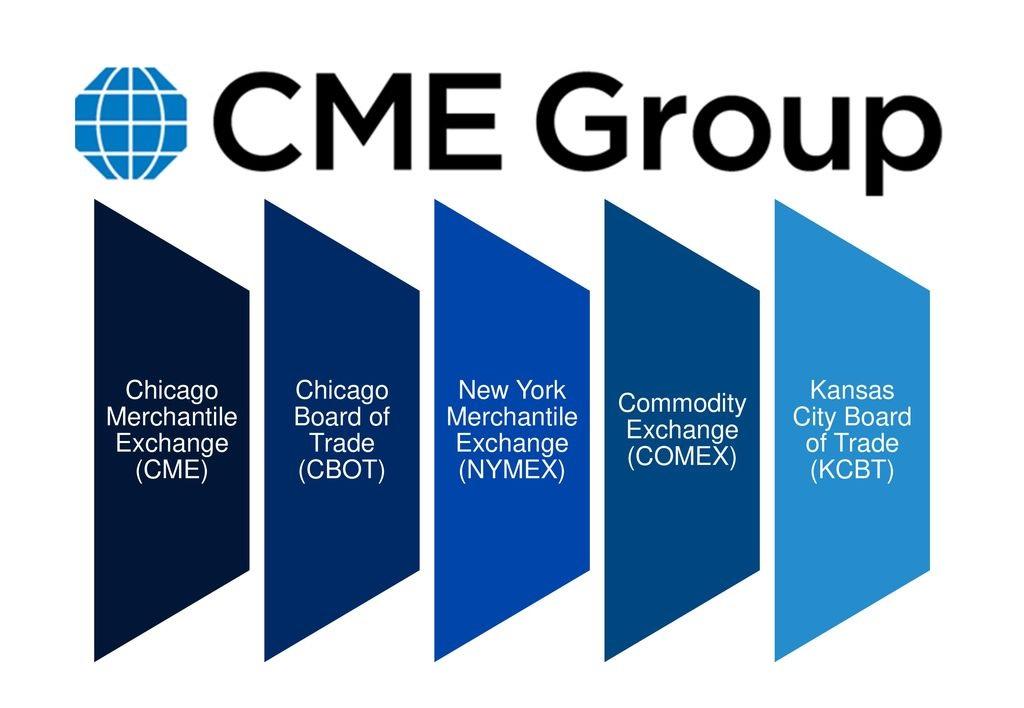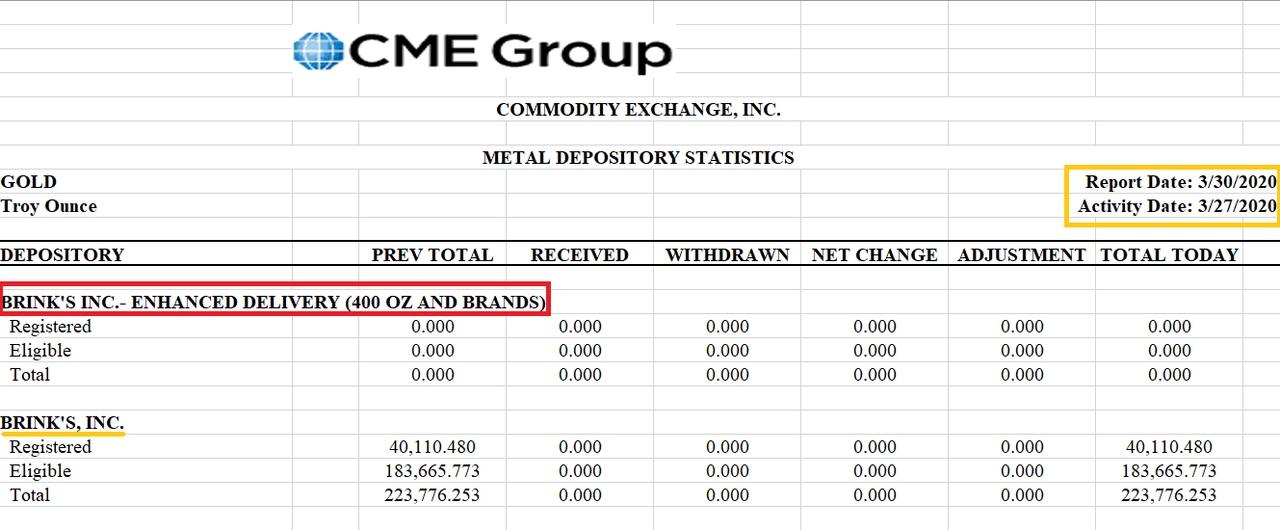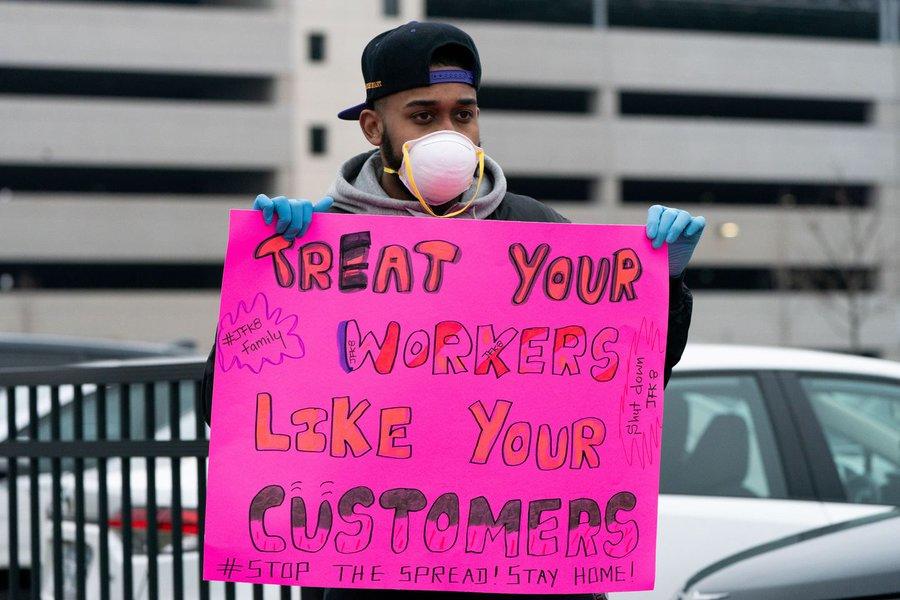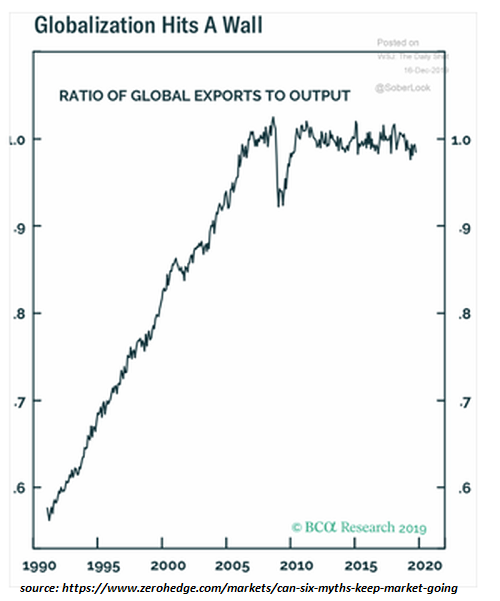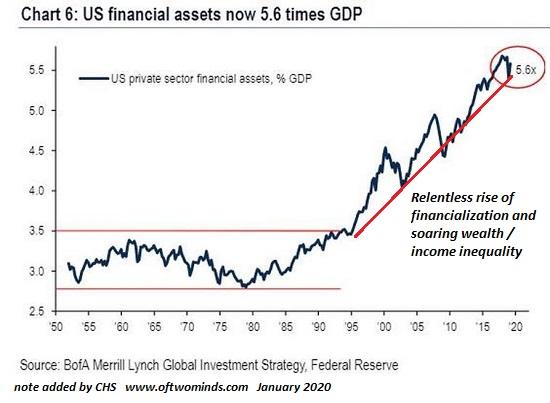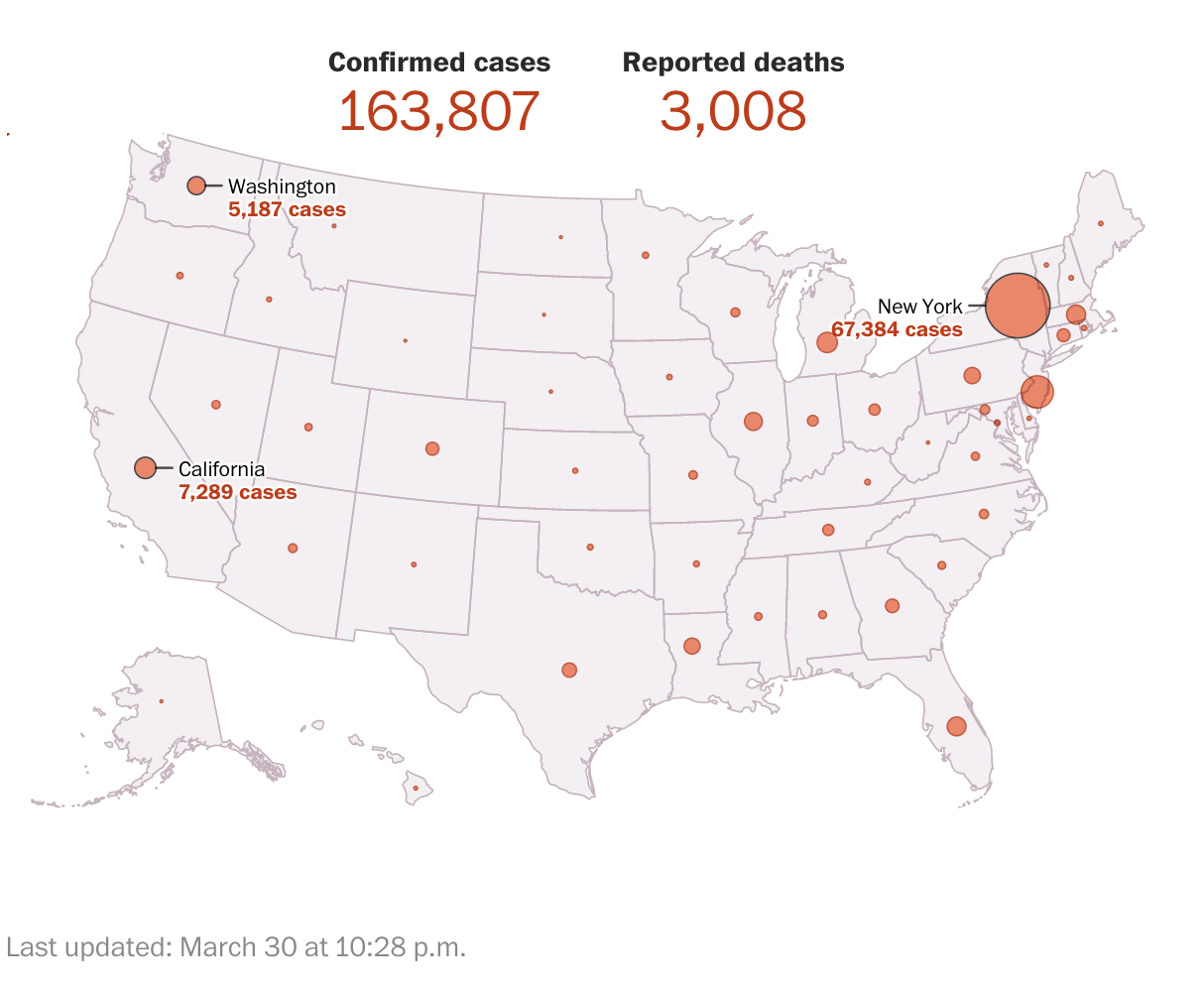“Everyone at this point is kind of on their own, making ready for being able to reuse―especially masks―but also things like gowns and plastic sheets to be able to keep our barriers when we’re doing difficult procedures with patients,” says Case Newsom, an emergency medicine doctor based in Denver.
Doctors around the country are running dangerously low on N95 masks, which protocol says they should wear and then dispose of every time they walk out of an infected patient’s room. So they’re reusing the same masks repeatedly and learning to sew their own surgical masks.
“My colleagues on the East Coast…are facing significant shortages,” says Newsom. “So they’re busy at work creating UV decontamination ovens on their own because those are expensive and difficult to come by, but easy enough to produce.”
The federal government estimates that medical professionals will need 3.5 billion masks if the worst-case projections come true. The U.S. currently had about 1 percent of that number on hand at the beginning of March.
Charities and major corporations have donated masks to hospitals, and manufacturers like Honeywell and 3M have stepped up production.
New York Governor Andrew Cuomo has asked President Donald Trump to use the Defense Production Act to force companies to start making masks.
And yet official channels likely won’t come close to meeting the needs of health care workers, so some technologists are taking matters into their own hands. But will government officials adhere to existing regulations and slow down these efforts? And if mask production increased to serve the entire population, could it hasten the end of the extreme social distancing crippling our economy?
Matt Chisholm is a spokesperson for the Open PPE Project, which is developing a protocol for the production of N95 masks, which experts believe provide fairly reliable protection against COVID-19.
They’re planning to open their own factory in Michigan and to develop a manufacturing blueprint that anyone can use.
“Some of the early challenges we’ve seen are [from] the regulatory state,” says Chisholm.
Masks require Food and Drug Administration approval for sale to medical facilities, though the agency indicated an increased willingness to approve emergency use authorizations in late March.
The National Institute of Occupational Safety and Health, a division of the Centers for Disease Control and Prevention (CDC), regulates filtration mask factories. According to Chisholm, an official with the agency told his team that it will take 45 to 90 days to get approval for a new mask production facility
“That obviously poses some challenges for the current crisis,” says Chisholm. “You could theoretically end up with 45 to 90 days’ worth of supplies that are in a warehouse instead of out on the frontline saving lives. So we see that as a problem.”
Chisholm suggests accrediting universities that have the testing capabilities to certify the effectiveness of the masks.
Meanwhile, 3D-printing enthusiasts are sidestepping regulatory approval altogether by teaching people how to make their own masks.
The DIY mask approach has taken off in the Czech Republic in particular, where surgical mask sewing efforts are being coordinated over the internet by people providing instructions and tips, as well as mapping facilities and areas where masks are most needed.
“The CDC is stating that we’re to be using bandanas if it comes down to it,” says Newsom. “I understand that it’s not a perfect solution. But, that being said, anything, I think, would be better than the sort of last resort of [healthcare workers] having to [make] their own.”
And some say that ubiquitous mask-wearing could make it safer to end extreme social distancing.
But public health agencies have issued conflicting information about their efficacy.
On February 29, the Surgeon General urged the public to stop buying masks, claiming they’re ineffective at stopping the transmission of COVID-19 and could even increase one’s likelihood of catching it. The CDC and World Health Organization have recommended mask-wearing only for those displaying symptoms or for those who are in direct contact with infected individuals.
But critics say this is inaccurate and that public health officials may have purposely spread misinformation to discourage people from running out and buying masks, making it even harder for doctors, nurses, and first responders to obtain them.
Mask-wearing is widespread in Hong Kong and Taiwan, which seem to have better controlled COVID-19 without prolonged lockdowns. Hong Kong’s public health officials have called for mask-wearing on public transit and in the workplace.
There’s some evidence that masks help stop the spread of the flu.
And though strong evidence that face masks prevent respiratory infections is still “scarce” due to a lack of rigorous study, according to a March 2020 paper published in The Lancet, there is a chance that “community transmission might be reduced if everyone…wear[s] face masks.”
“We should prioritize the health care workers,” says Oxford researcher Elaine Fong, who co-authored the paper. “But that should not be the rationale for telling the public that face masks [are] not effective.”
Fong says that with increasing evidence that people showing no symptoms of COVID-19 can transmit the virus, wider adoption of masks in public spaces would be prudent.
“In Asian countries, it’s more likely to be a civic duty for people to wear a face mask,” says Fong. “We think that a universal face masks policy during a pandemic could help reduce the stigmatization of people [who choose] to wear face masks, if the supply permits.”
The Open PPE Project’s priority is producing N95 masks for medical workers at the moment.
“I’m probably not in a place to speculate on the role masks will play beyond medical personnel [right now],” says Chisholm. “We weren’t prepared for this, and we need to get back to good and make sure we can arm our frontline personnel with the equipment they need. We also have to be ready for what any pandemic in the future could good bring and manufacturing readiness could really help that.”
And Newsom asks that anyone with extra N95 masks or other essential medical gear donate them to medical professionals to help adjust to this new reality.
“It’s the nature of our work that we are touching patients that have respiratory problems and we really would benefit from those masks in our hands,” says Newsom. “I’m literally witnessing colleagues of mine learning how to hunker down and do protective measures. I mean, but I didn’t learn any of that in my residency…The fact that this is all happening [at the] point of care when the need arises goes to show the level of unpreparedness.”
Produced by Zach Weissmueller, additional graphics by Josh Swain
Music: “Environmental Disaster Zone,” “Trees in the Wind,” and “Call Me” by Daniel Birch licensed under a Creative Commons Attribution License.
Photos: medical workers putting on protective gear, Eddie Siguenza/Us Army/ZUMA Press/Newscom; worker delivering masks, Ron Adar/Zuma Press/Newscom; doctor putting on mask, Sara Eshleman/U.S. Navy/Zuma Press/Newscom; social distancing outside Whole Foods, Richard B. Levine/Newscom; masks on public transit in Hong Kong, Tang Yan/Zuma Press/Newscom; masks at airport in Hong Kong, May James/SOPA Images/Sipa USA/Newscom; Andrew Cuomo Giving Presser, SteveSands/NewYorkNewswire/MEGA/Newscom; ID 173833922 © Sopone Nawoot | Dreamstime.com
from Latest – Reason.com https://ift.tt/2JpUW5j
via IFTTT
